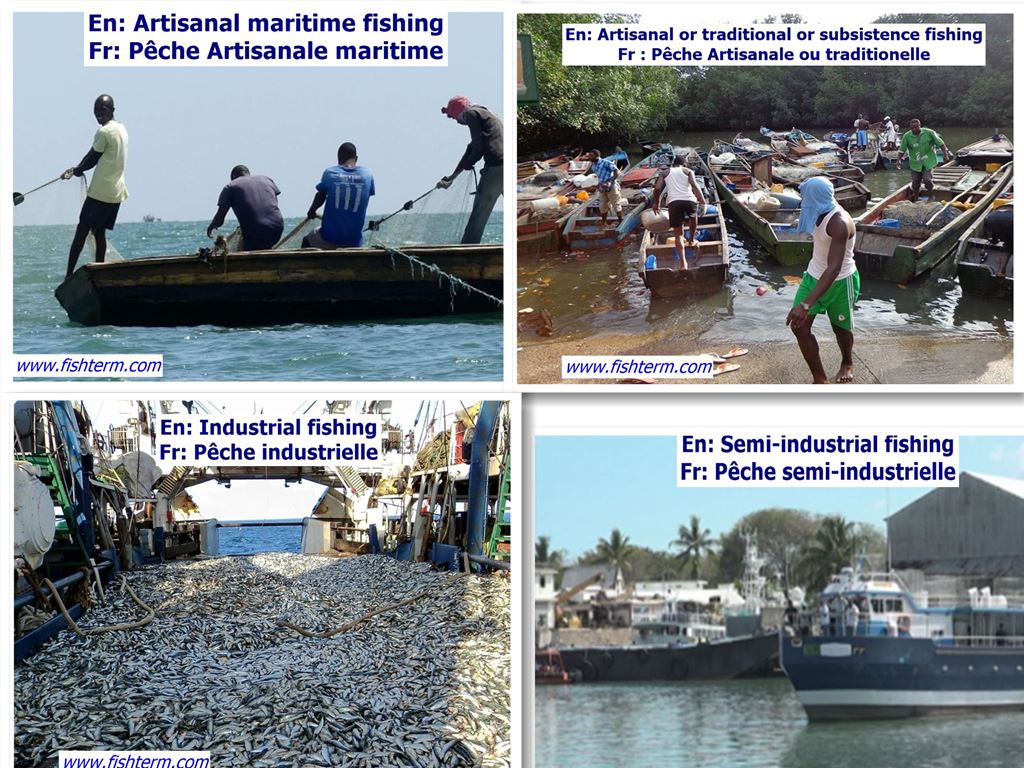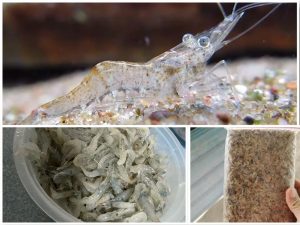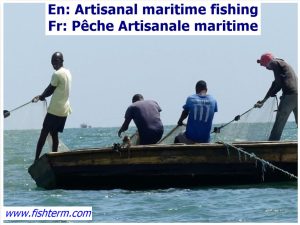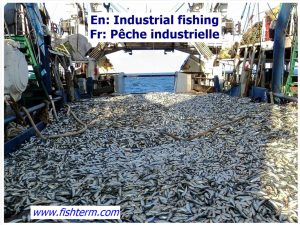Fishing in Cameroon

1. Location and history of Cameroon
Cameroon is located on the Atlantic coast where Western and Central Africa meet. It was named by Portuguese explorers who initially called it Rio dos Camarões ( meaning ‘River of Prawns’). Fishing in Cameroon can be traced far back, before the 14th century. In those days, fishing constituted one major source of living alongside crop farms, mainly because Cameroonian waters were found to be very rich in fisheries resources (fish, prawns, etc). Before we proceed, let us dive a little bit into how Cameroon got its name thanks to its bountiful fisheries resource (prawns).
Fisheries resources gave the name ‘Cameroon‘
Portuguese explorers reached the country’s coast in the 15th century. A team led by Portuguese navigator and explorer Fernão do Pó or Fernando Pó, is believed to be the first European to explore the estuary of one of Cameroon’s rivers, the Wouri River, around the year 1472.

When the explorers landed, they noted an abundance of the mud lobster, also known as the Cameroon ghost shrimp, Lepidophthalmus turneranus (a species of “ghost shrimp” or “mud lobster”) in the Wouri River. They initially called it Rio dos Camarões ( meaning ‘River of Prawns’). Then, during the German rule in the country which started in 1884, the country’s name changed to Kamerun before the Treaty of Versailles placed the country under French and British authority in 1919 which led to the final name “Cameroon”.
2. Administration of the fishing industry in Cameroon
The Cameroonian fishing industry has as its paramount managing institution, the Ministry of Livestock, Fisheries, and Animal Industries (MINEPIA).
MINEPIA Cameroon
MINEPIA is the Cameroon government’s ministerial department, headed by a minister, tasked with managing the fisheries sector. It consists of two main branches: Central services (a set of ministry departments located in Yaounde, managing administrative file processing centred on the minister) and Devolved services (MINEPIA annexe services spread across the ten regions of the country coordinating fisheries activities). MINEPIA is in charge of studying the legal aspects of all fisheries-related activities, signing authorisations, permits, orders, and decrees; and proposing bills to the parliament for eventual promulgation.

Read our article for more information about MINEPIA
Other bodies managing fisheries in Cameroon
In addition to MINEPIA, several other bodies under its supervision handle more specific fishery components. These include:
- Maritime Artisanal Fisheries Development Authority (MIDEPECAM): body responsible for technical and logistical support for small-scale fishermen since 1977. It was initially created to manage artisanal maritime fishing, but it now extends its scope to include semi-industrial fishing. MIDEPECAM was created by decree No. 77/363 of 9 September 1977 signed by Cameroon’s first President, AHMADOU AHIDJO as a Public Industrial and Commercial Establishment with legal personality and financial autonomy. MIDEPECAM is listed as a 5th-class public company, according to Order No. 0201/MINFI of 04 May 2020. It is under the technical supervision of the Ministry of Livestock, Fisheries and Animal Industries (MINEPIA) and the financial supervision of the Ministry of Finance (MINFI), MIDEPECAM is managed by two bodies: the Board of Directors and the Management.
3. Major types of fishing in Cameroon
Cameroon has two major categories of fishing with respect to the fishing environment namely: Inland fishing and Maritime fishing. The former is mostly practised within inland waters such as the country’s streams, rivers, dams, lakes, etc. Maritime fishing is all fishing activities carried out exclusively at the sea or ocean.
3.1. Inland fishing in Cameroon

Artisanal/ traditional/ subsistence fishing in Cameroon
Often known as traditional/ subsistence fishing, Inland fishing is the earliest and most pragmatic sub-category of fishing in Cameroon as it is carried out in shallow and less dangerous water bodies. To this end, most Cameroonian families easily get imbued into the fishing industry beginning with inland fishing, and progressively joining maritime fishing.
Fishing inland in Cameroon does not require heavy gear and can be done by men, women and children, using affordable gear like hooks, fishing baskets, cast nets, drift nets, longlines, etc. According to MINEPIA’s 2023 Annual Performance Report, inland fisheries yielded 27,553 tonnes of fish in 2023.
3.2. Maritime fishing in Cameroon


Maritime fishing can be subdivided into artisanal maritime fishing, semi-industrial fishing (considered at times as artisanal maritime fishing), and industrial fishing, with artisanal maritime fishing being Cameroon’s highest fish producer for maritime fishing. According to MINEPIA’s 2023 Annual Performance Report, artisanal maritime fisheries yielded 190,277 tonnes, followed by Industrial fisheries, which yielded 15,910 tonnes of fishery products in 2023.
4. Laws governing fishing in Cameroon
A set of regulations has been laid down to govern fishing activity in Cameroon. These regulations promulgated in the form of Laws, Decrees, Orders, etc., right down to ministerial circulars, were published during different political regimes and signed by different public administrators. Let us examine some of the paramount legal instruments in force within the fishing sector.
4.1. Law No. 94/01 of 20 January 1994 to lay down forestry, wildlife and fisheries regulations.
This is the paramount fisheries Act, the framework law from which many other implementing decrees, orders, and circulars have been signed. It was signed on 20 January 1994, by the Head of State, President Paul Biya, to lay down forestry, wildlife and fisheries regulations. This framework law touches forestry, wildlife and fisheries in general terms. In this Law, fisheries matters are handled from Part IV, chapter I to Chapter VI. Below is a summary of the provisions by chapter.
Chapter I: this chapter, provides definitions of key fishery concepts including fishery, fishing vessel, mariculture, etc.
Chapter II: focuses on types of fishing authorisations and the administrative procedures to follow to be issued any. Some of the authorisation procedures include: the procedure to obtain a fishing licence or permit, and the procedure to renew an expired authorisation alongside their respective fees.
Chapter III: here, the fisheries law handles regulations when managing and conserving fisheries resources in Cameroon
Chapter IV: handles regulations on fish farming and mariculture
Chapter V: regulations for setting up all forms of fishery businesses in Cameroon, alongside their required documents and fees.
Chapter VI: lays down conditions for transporting fisheries products within or out of the country.
This law goes further in succeeding chapters to lay down punishment for crimes in the fisheries industries. Check our page on fisheries regulations to find out more on this law.
4.2. Implementation decrees, orders, ordinances and circulars on fisheries in Cameroon.
As years went by, the above fisheries law was implemented through decrees, orders and circulars to tackle more specific concerns in the fisheries industries. These implementing legal instruments were signed by the prime minister of Cameroon, in the case of decrees, or fisheries ministers in the case of orders, or fisheries delegates, for circulars. Some of them include:
- Decree No. 95/413 /PM of 20 June 1995 to lay down certain conditions for the application of fisheries regulations
- Ordinance No. 62-0F-30 of March 31, 1962, on the Code of Merchant Shipping in Cameroon
5. Fisheries schools and research in Cameroon
Fisheries schools
A handful of fisheries schools and research centres have been established in Cameroon ever since the Ministry of in charge of Fisheries (MINEPIA) was created. They range from undergraduate courses to Doctoral programmes. Schools multiplied thereafter in number according to the various sub-sector needs in the country, in fields like fisheries and nautical arts (taught in LINAFI), aquaculture, oceanography (ISH – Yabassi), etc. For more information on fisheries schools, read this article on fisheries schools in Cameroon.
Leave a Reply